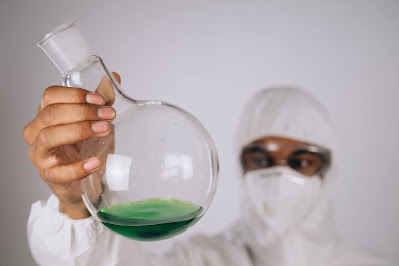Chloroacetic acid is an organic synthesis building block and a specialized organochlorine chemical. As a result, it's utilized to make a variety of chemical compounds, agrochemicals, dyes, and pharmaceuticals. Chloroacetic acid is a thickening agent or chemical intermediary in carboxymethylcellulose (CMC) and carboxymethyl starch, and is used to make or create industrial chemicals. It also generates thioglycolic acid and glycine, both of which are important precursors to glyphosate synthesis. Because of the strong reactivity of the carboxylic acid group, chloroacetic acid is utilized as an acidic derivative such as salt, acyl chloride, ester, hydrazide, anhydride, and amide.
Due to rising demand for chloroacetic acid in the manufacture of glycine, the worldwide chloroacetic acid market is anticipated to rise significantly over the forecast period. Glycine is produced via amination of chloroacetic acid with ammonia, and it is utilized as a buffering agent in antacids, analgesics, antiperspirants, and cosmetics.
Government controls on chloroacetic acid, on the other hand, constitute a key stumbling block to the market's expansion. Chloroacetic acid, for example, is hazardous if consumed or exposed to skin, according to the European Union's standardized categorization and labeling (ATP01). If breathed, it also causes serious skin burns and eye damage. Furthermore, the categorization supplied by businesses to the European Chemicals Agency (ECHA) in REACH registrations assisted in determining that chloroacetic acid is hazardous to aquatic life with long-term impacts and may corrode metals.

